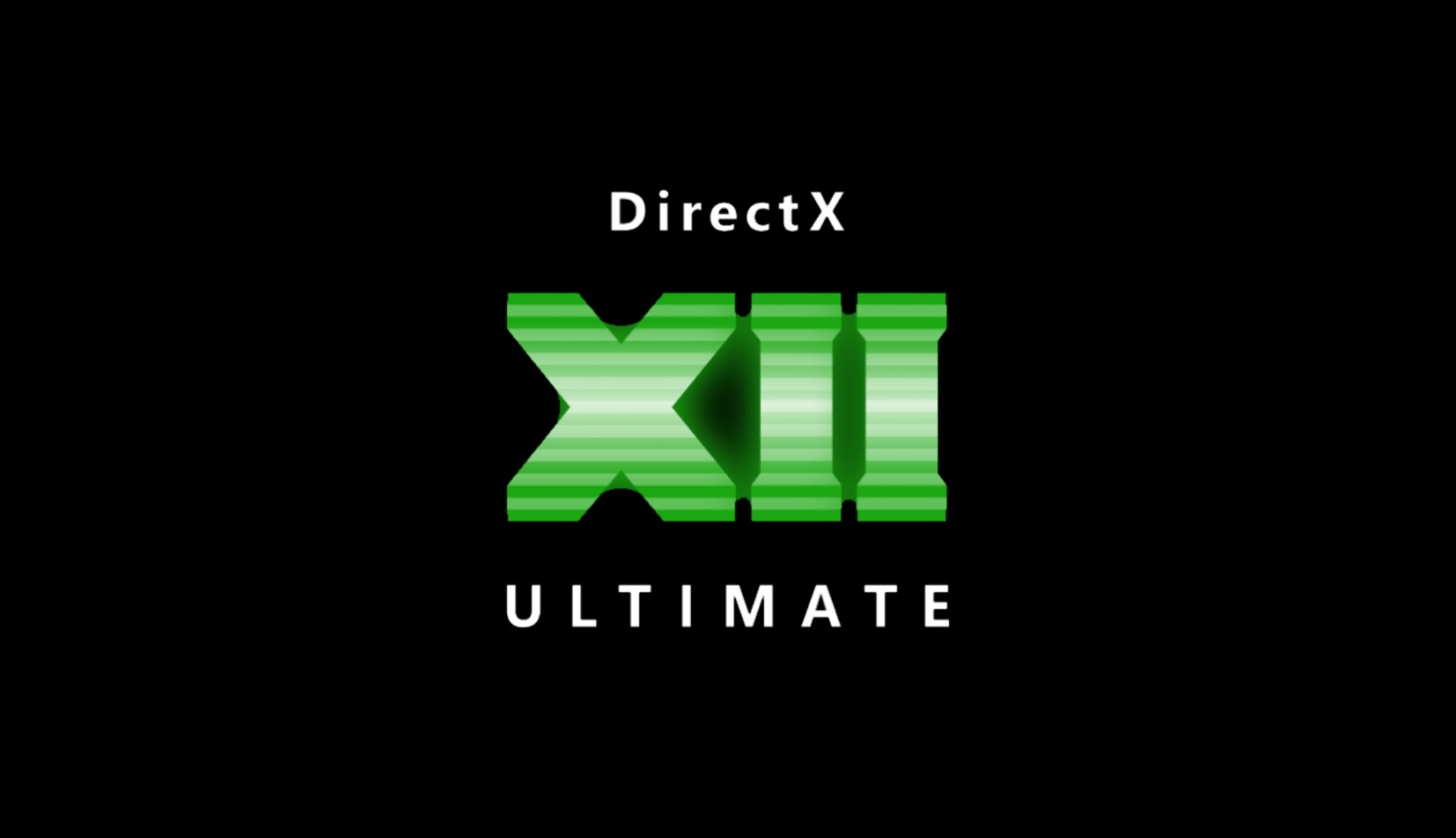
See Full Size
DirectX will gain new capabilities
neural processing or neural renderingaims to more effectively render or enhance visual elements such as textures, lighting, and image scaling by leveraging machine learning models. By delegating complex graphics processing tasks to artificial intelligence, this technology both increases performance and offers higher visual fidelity compared to traditional rendering methods. Examples such as Nvidia’s DLSS and AMD’s FSR technologies have already demonstrated the potential here.
These innovations offered by Microsoft with DirectX aim to bring this technology to a wider user base on different platforms by placing artificial intelligence-supported graphics in a standard framework.
One of the important features of the DirectX update is Cooperative Vector Its support focuses on optimizing real-time rendering processes with artificial intelligence. This feature makes matrix-vector operations more efficient, allowing artificial intelligence-based models to run in different shader stages on the GPU. This technology is Nvidia’s new RTX 50 Found on series GPUs Tensor CoreIt will support neural shaders using . In this way, it will be possible to create asset visualization, geometry optimization, path tracing improvements and photorealistic game characters in games.
Microsoft also says that they are working closely with major GPU manufacturers such as AMD, Intel, Nvidia and Qualcomm to ensure that this new technology works best on different hardware. By embedding neural processing capabilities into DirectX, Microsoft can drive the adoption of AI-driven graphics across multiple platforms. These innovative graphics technologies supported by Microsoft’s artificial intelligence are still in the development phase and an exact release date has not been announced.
This news our mobile application Download using
You can read it whenever you want (even offline):




